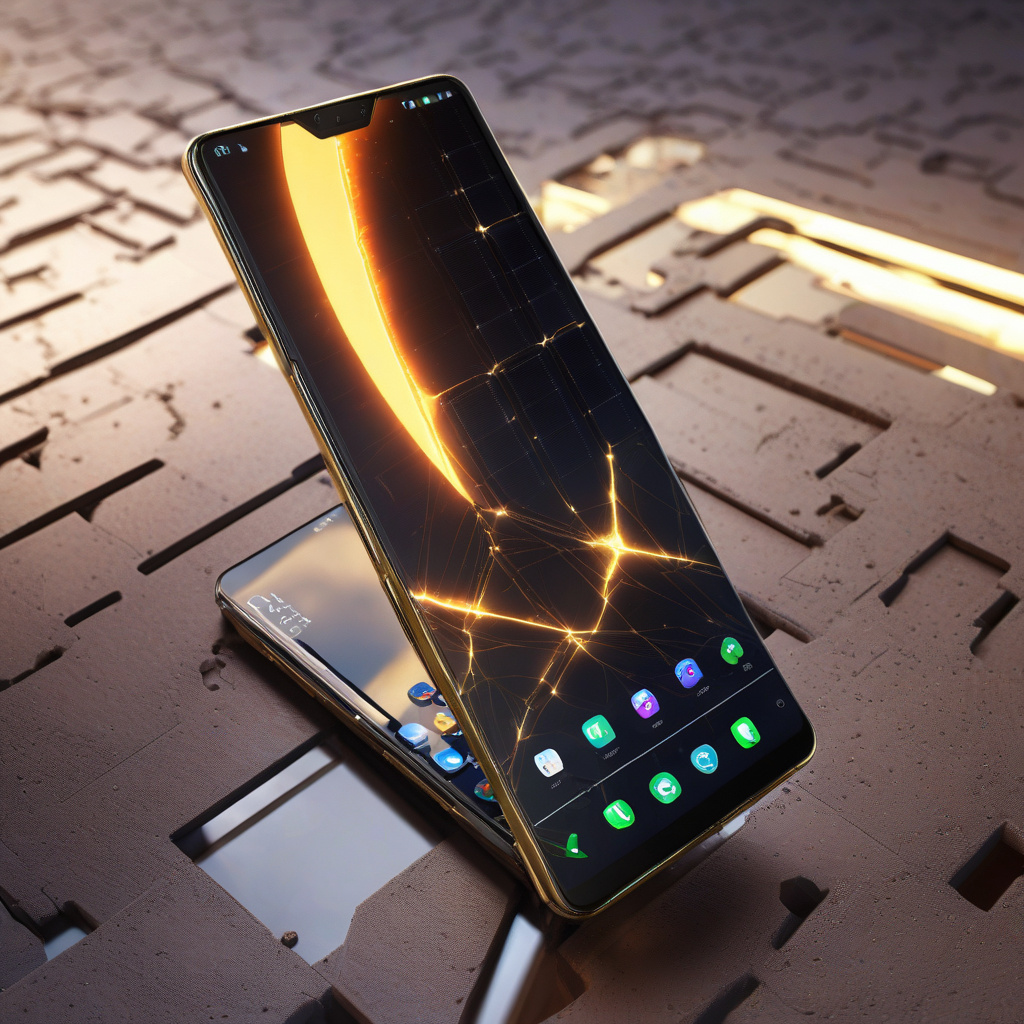Infinix’s recent showcase at MWC 2025 unveiled a groundbreaking concept phone that harnesses ambient light for self-charging, a significant leap towards sustainable technology. This innovative approach, driven by SolarEnergy-Reserving Technology, capitalizes on both indoor and outdoor light sources to power the device. With perovskite photovoltaic technology embedded in the phone’s back panel, energy capture from low-light environments surpasses traditional solar cells’ capabilities.
Moreover, the incorporation of AI algorithms optimizes energy collection in real-time, ensuring a continuous trickle of power regardless of lighting conditions. Complementing the phone, Infinix introduced a solar-charging case that transfers power through discreet contact points. While the case charges marginally slower at 2W, it signifies the early stages of this technology’s development.
During a hands-on experience with the device, the functionality was apparent, albeit at a modest charging rate. The concept serves as more of an emergency power boost rather than a primary charging solution. The ‘Sunflower’ Wireless Charging feature, inspired by heliotropic plants, dynamically adjusts the power transmission path based on lighting and device orientation, although real-world performance outside controlled environments remains to be seen.
Notably, the potential of the solar-charging case stands out as a practical application of this technology. Unlike bulky solar power banks currently available, Infinix’s case offers a sleek design without compromising functionality. While the brand considers expanding this innovation to other devices, pricing may pose a significant barrier for widespread adoption.
In comparison to extravagant MWC showcases, such as exorbitantly priced foldable phones or superfluous AI features, Infinix’s solar-charging concept presents a genuinely useful advancement. The convenience of passive charging from everyday surfaces aligns well with consumer habits, potentially revolutionizing how we interact with our devices. As Infinix explores further enhancements to increase charging speeds beyond 2W, the future looks promising for this technology.
Although the timeline for consumer availability remains uncertain, Infinix’s commitment to refining this concept is evident. The prospect of faster charging speeds, even reaching 5W in subsequent iterations, could position this technology as a game-changer in the market. Ultimately, the vision of a solar-powered smartphone or a solar-charging case becoming a mainstream reality holds immense potential for transforming our daily tech interactions.

